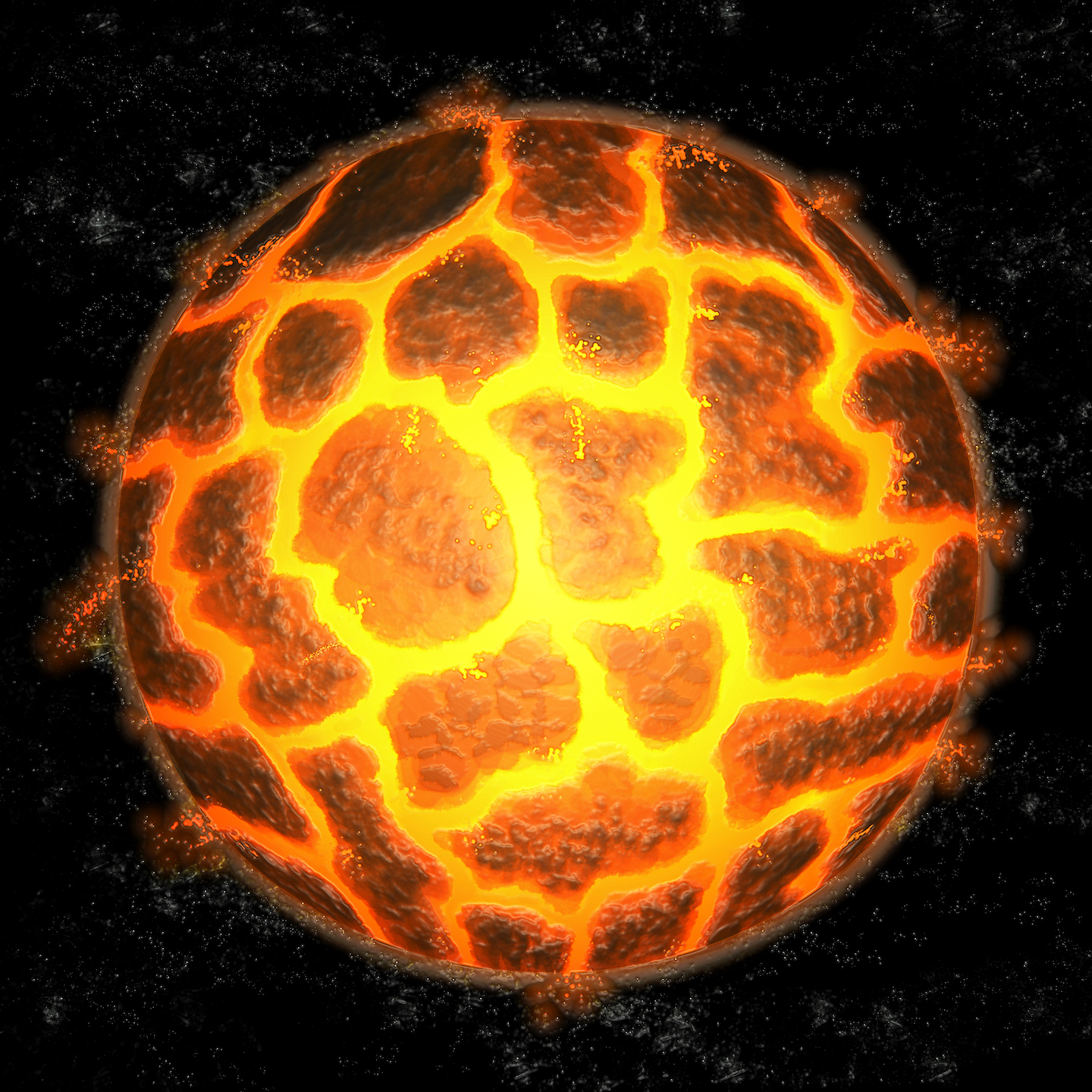
The formation of the Earth’s layers may have been total chaos
Researchers at the Carnegie Institution for Science are reporting that the formation of Earth was much more chaotic than previously realized. They have found evidence to support their new theory within the rocks of volcanic hotspots, which reveal disorderly behavior during the planet’s formative years.
The Earth formed from the accumulation of matter surrounding the Sun about 4.6 billion years ago. As the planet grew denser, iron metal moved inward and formed the Earth’s core, while the silicate-rich mantle was left floating above. The new study demonstrates that this process of core-mantle separation was not nearly as organized as once thought.
“Our findings suggest that as the core was extracted from the mantle, the mantle never fully mixed,” explained study co-author Colin Jackson.
“This is surprising because core formation happened in the immediate wake of large impacts from other early Solar System objects that Earth experienced during its growth, similar to the giant impact event that later formed the Moon. Before now, it was widely thought that these very energetic impacts would have completely stirred the mantle, mixing all of its components into a uniform state.”
Unique tungsten and xenon isotopic signatures found at volcanic hotspots like Hawaii led the research team in an entirely new direction. While the plumes are believed to have originated from the mantle’s deepest regions, the origin of these unique isotopic signatures has been a subject of debate.
The team thought that the answer to this question may reside in the chemical behavior of iodine at very high pressure. They established that the xenon isotopic signatures in plume mantle samples are directly related to those of iodine.
The researchers used diamond anvil cells to recreate the conditions of the core and mantle separation. They determined how iodine was separating between the metallic core and the silicate mantle.
“The key behavior we identified was that iodine starts to dissolve into the core under very high pressures and temperatures,” explained co-author Neil Bennett. “At these extreme conditions, iodine and hafnium, which decay radioactively to xenon and tungsten, display opposing preferences for core-forming metal. This behavior would lead to the same unique isotopic signatures now associated with hotspots.”
The findings of the study have also led the team to believe that the tungsten and xenon isotopic signatures should be associated with dense pockets of the mantle.
“Like chocolate chips in cookie batter, these dense pockets of the mantle would be very difficult stir back in, and this may be a crucial aspect to the retention of their ancient tungsten and xenon isotopic signatures to the modern day,” said Jackson.
“Even more exciting is that there is increasing geophysical evidence that there actually are dense regions of mantle, resting just above the core–called ultra low velocity zones and large low shear velocity provinces,” said study co-author Yingwei Fei. “This work ties together these observations. The methodology developed here also opens new opportunities for directly studying the deep Earth processes.
The study is published in the journal Nature.
—
By Chrissy Sexton, Earth.com Staff Writer













